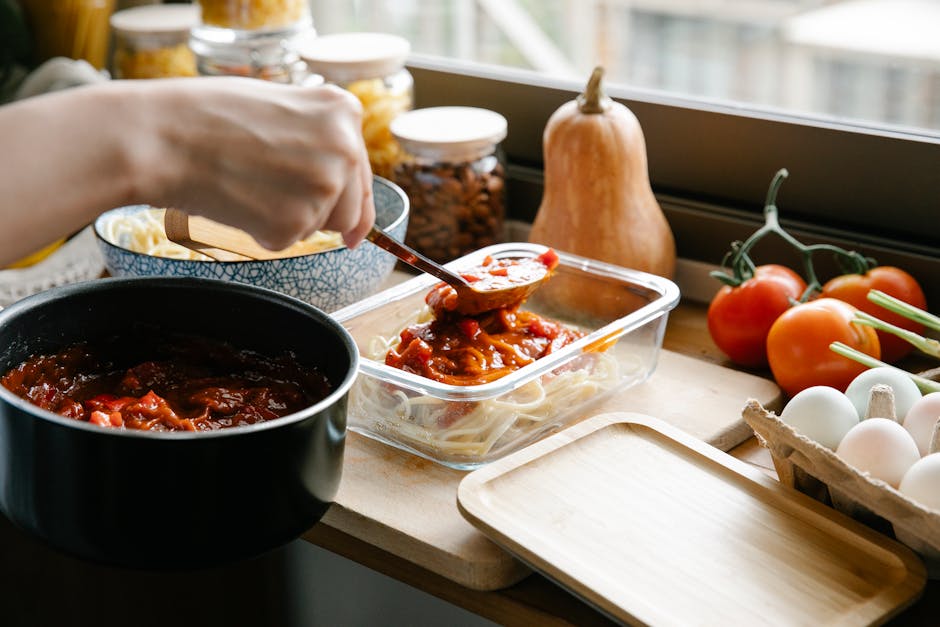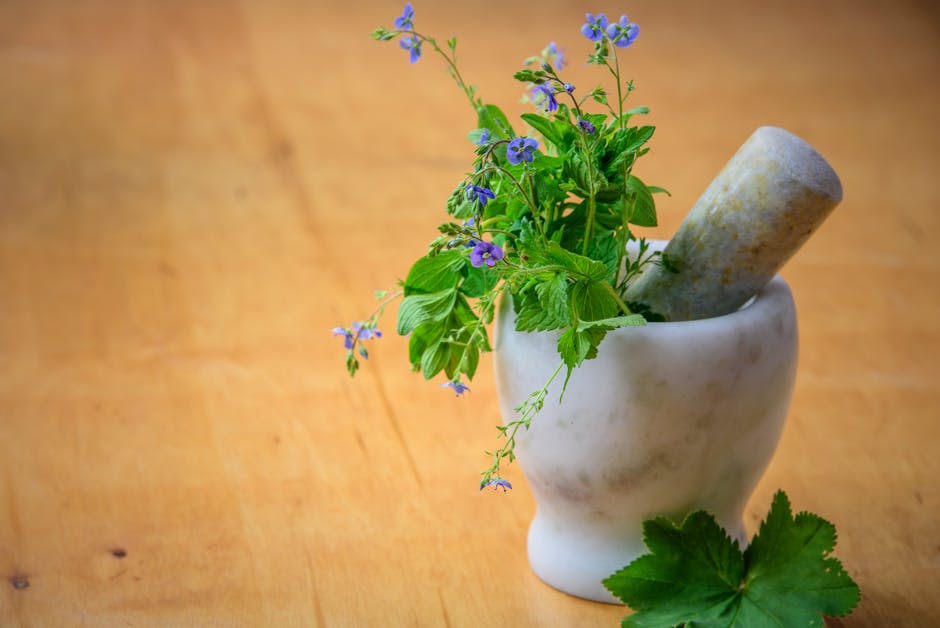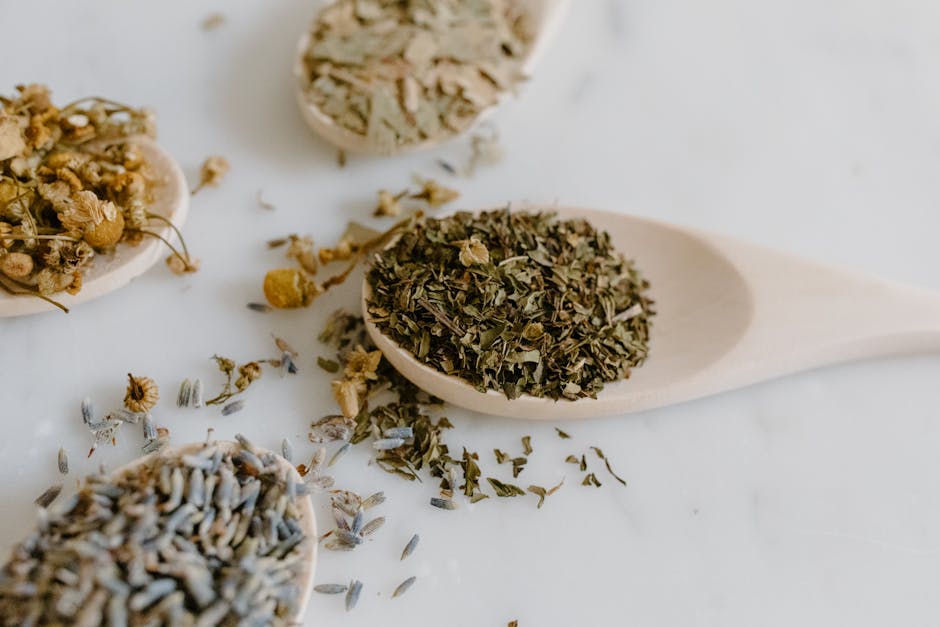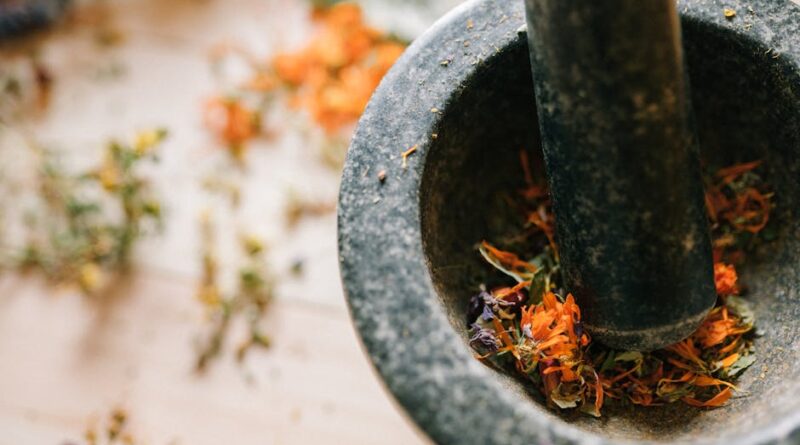Discover the Healing Powers of Spices to Enhance Your Meals
When it comes to cooking, spices are the secret ingredients that can transform a dish from ordinary to extraordinary. But did you know that certain spices not only add flavor to your meals but also offer a myriad of health benefits? From reducing inflammation to boosting immunity, healing spices have been used for centuries in traditional medicine practices around the world. In this article, we will delve into the world of healing spices and explore how you can incorporate them into your daily meals to promote overall wellness.
The Ancient Roots of Healing Spices

Spices have been used for their medicinal properties for thousands of years in various cultures. In ancient Egypt, spices like cinnamon and cumin were prized for their healing abilities and were used in embalming practices. In India, Ayurvedic medicine has long emphasized the use of spices such as turmeric and ginger for their anti-inflammatory and digestive benefits. Even in medieval Europe, spices like cloves and nutmeg were considered valuable for their medicinal properties.
Today, modern science is beginning to catch up with these ancient practices, as research has shown the powerful healing properties of many spices. Let’s take a closer look at some of the most potent healing spices you can add to your meals.
Turmeric: The Golden Spice of Life

One of the most well-known healing spices, turmeric has been used in traditional Indian medicine for centuries. The active compound in turmeric, curcumin, has potent anti-inflammatory and antioxidant properties. Studies have shown that curcumin may help reduce inflammation, improve brain function, and even lower the risk of heart disease.
To incorporate turmeric into your meals, try adding it to curries, soups, or stir-fries. You can also make a soothing turmeric latte by combining turmeric with warm milk and a touch of honey.
Ginger: A Spicy Remedy for Digestive Woes

Ginger is another powerful healing spice that has been used for centuries to aid digestion and calm upset stomachs. The main bioactive compound in ginger, gingerol, has been shown to help alleviate nausea, reduce muscle pain, and even lower blood sugar levels.
You can add ginger to both savory and sweet dishes for a spicy kick. Try grating fresh ginger into stir-fries, smoothies, or baked goods for a burst of flavor and health benefits.
Cinnamon: Sweet and Spicy Blood Sugar Control

Cinnamon is a versatile spice that adds warmth and sweetness to both savory and sweet dishes. Beyond its delicious flavor, cinnamon has been shown to help regulate blood sugar levels and improve insulin sensitivity. This makes it a valuable spice for those with diabetes or insulin resistance.
Sprinkle cinnamon on oatmeal, yogurt, or baked goods for a flavorful and healthful boost. You can also add it to savory dishes like stews or tagines for a unique twist.
Cayenne Pepper: Spice Up Your Metabolism
If you like your food with a kick, cayenne pepper is the spice for you. The compound responsible for cayenne’s heat, capsaicin, has been shown to boost metabolism, reduce appetite, and aid in weight loss. Additionally, cayenne pepper has anti-inflammatory properties and may help alleviate pain.
Add a dash of cayenne pepper to soups, sauces, or marinades for a fiery flavor. You can also sprinkle it on roasted vegetables or grilled meats for an extra kick.
Garlic: The Pungent Panacea
Garlic has long been revered for its health-promoting properties, from boosting immunity to fighting off infections. The active compound in garlic, allicin, has been shown to have antimicrobial, antiviral, and anti-inflammatory effects. Regular consumption of garlic may help lower cholesterol levels, reduce blood pressure, and even prevent certain types of cancer.
Use fresh garlic in your cooking to add depth of flavor and health benefits. Try roasting whole garlic cloves with vegetables, sauting minced garlic in olive oil for pasta dishes, or making a zesty garlic aioli for sandwiches and dips.
Cumin: A Flavorful Spice with Digestive Benefits
Cumin is a popular spice in many cuisines, known for its warm and earthy flavor. In addition to its culinary uses, cumin has been used in traditional medicine for its digestive benefits. The compounds in cumin have been shown to improve digestion, reduce bloating, and alleviate symptoms of irritable bowel syndrome (IBS).
Roast whole cumin seeds before grinding them for maximum flavor, or sprinkle ground cumin on roasted vegetables, grilled meats, or soups. You can also use cumin to add depth to spice blends like garam masala or taco seasoning.
Expert Opinions: Incorporating Healing Spices into Your Diet
According to nutritionist Dr. Jane Smith, “Healing spices are a simple and effective way to boost the nutritional value of your meals. By incorporating a variety of spices into your cooking, you can not only enhance the flavor of your dishes but also support your overall health and well-being.”
Chef and cookbook author Jamie Lee recommends experimenting with different spices to find combinations that work for you. “Don’t be afraid to get creative in the kitchen and try new flavor profiles. Mixing and matching spices can add depth and complexity to your dishes while providing a range of health benefits.”
Common Misconceptions About Healing Spices
Despite their long history of use in traditional medicine, some people may be skeptical of the health claims surrounding healing spices. It’s important to note that while spices can offer health benefits, they are not a cure-all for every ailment. It’s always best to consult with a healthcare provider before making significant changes to your diet or lifestyle.
Additionally, some individuals may have sensitivities or allergies to certain spices, so it’s crucial to pay attention to how your body reacts to different foods. If you experience any adverse reactions after consuming a particular spice, it’s best to avoid it in the future.
Conclusion: Spice Up Your Life with Healing Spices
To wrap things up, healing spices offer a powerful way to enhance the flavor and health benefits of your meals. By incorporating spices like turmeric, ginger, cinnamon, cayenne pepper, garlic, and cumin into your cooking, you can support your overall well-being and enjoy a variety of delicious flavors.
Whether you’re looking to reduce inflammation, aid digestion, or boost your metabolism, there’s a healing spice out there for you. So next time you’re in the kitchen, don’t be afraid to experiment with different spices and discover the amazing benefits they have to offer.
Remember, food is not just fuel for your body it’s also medicine. So why not spice up your life with healing spices and take your meals to the next level?




